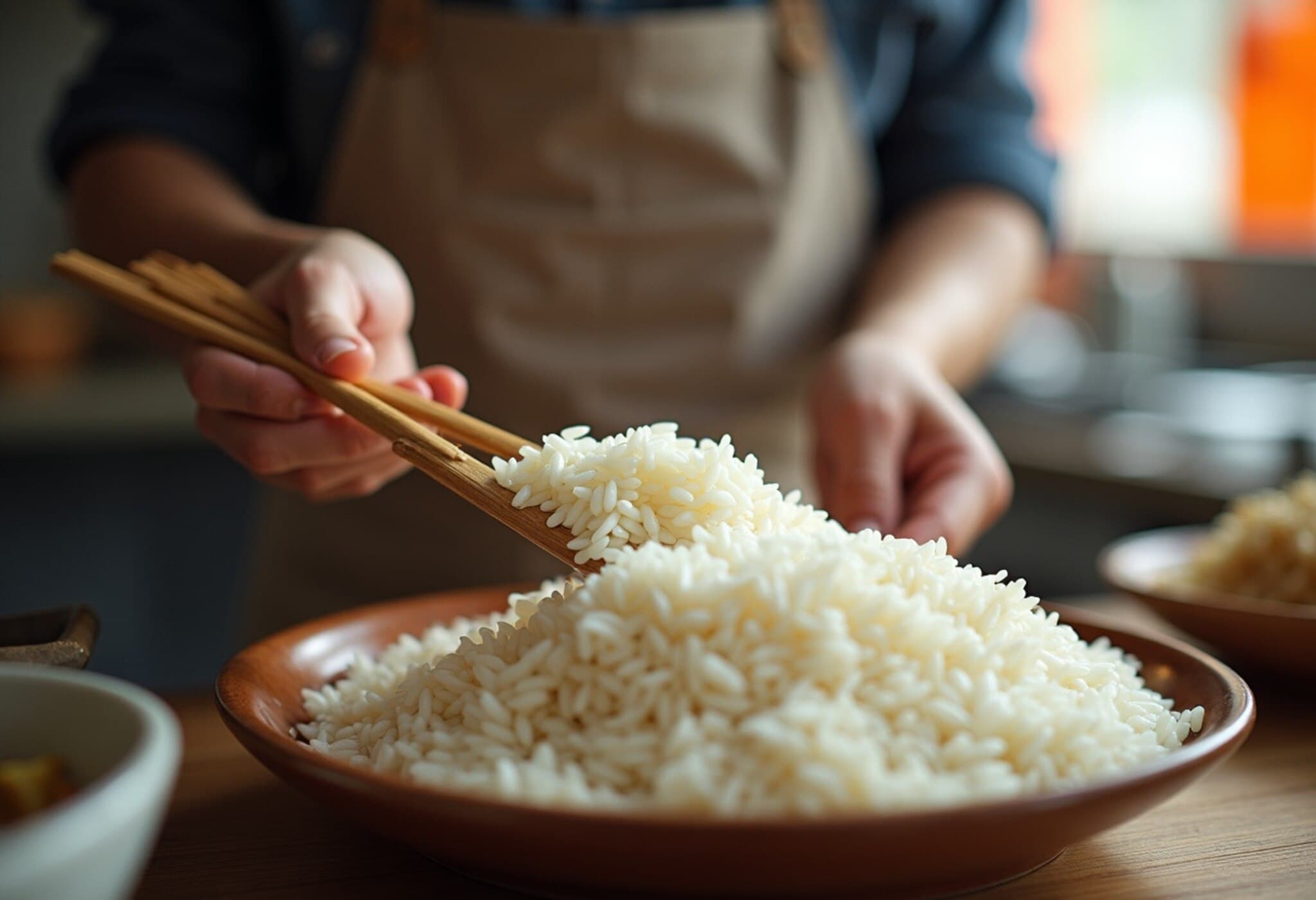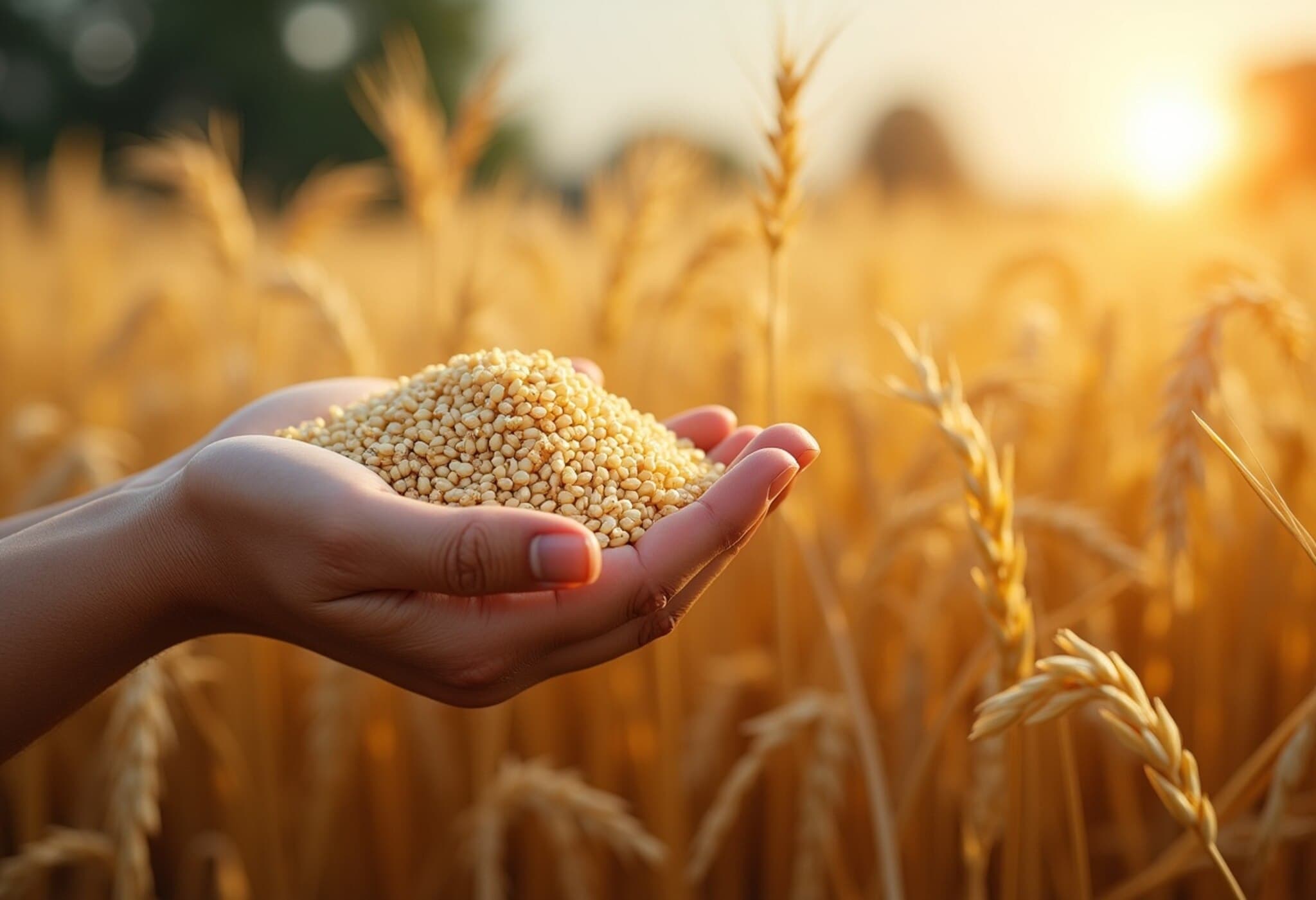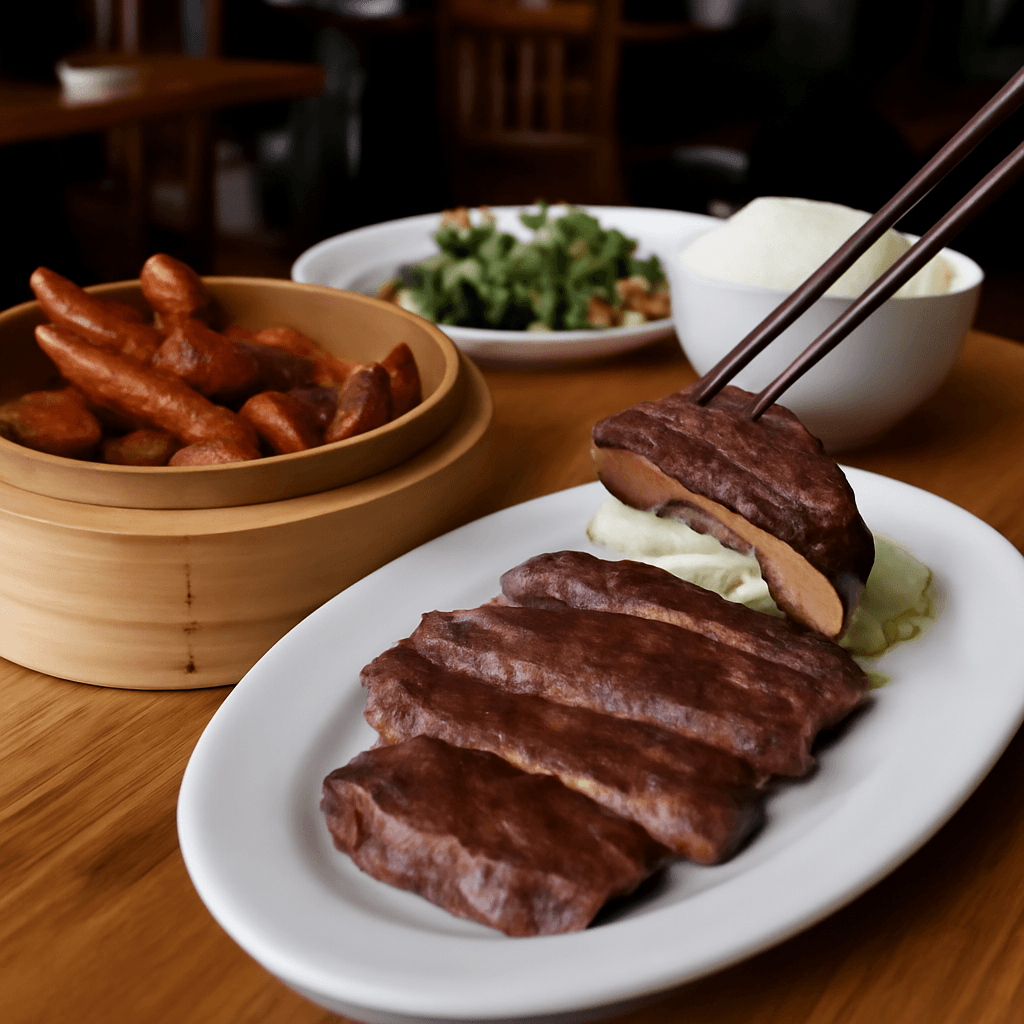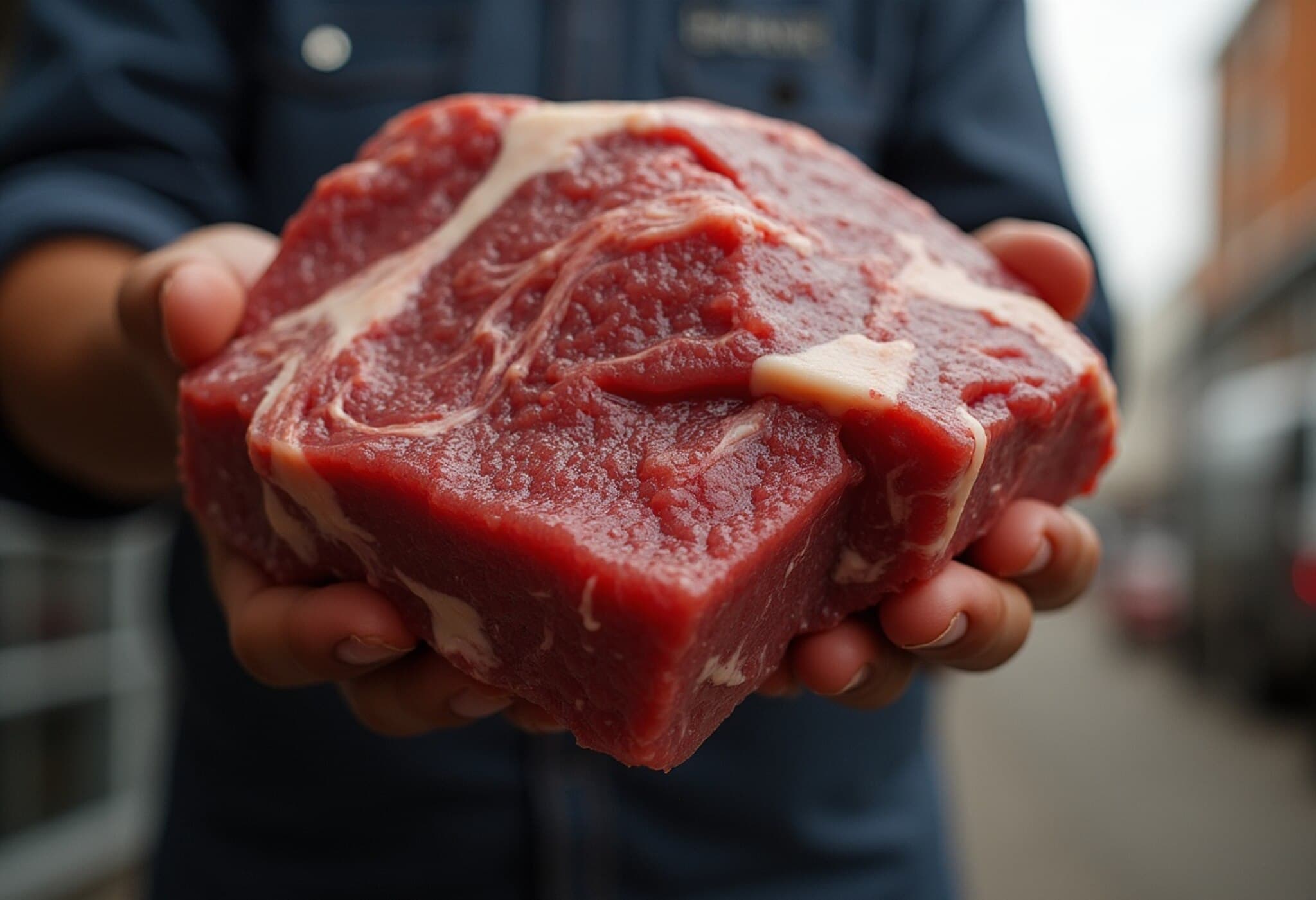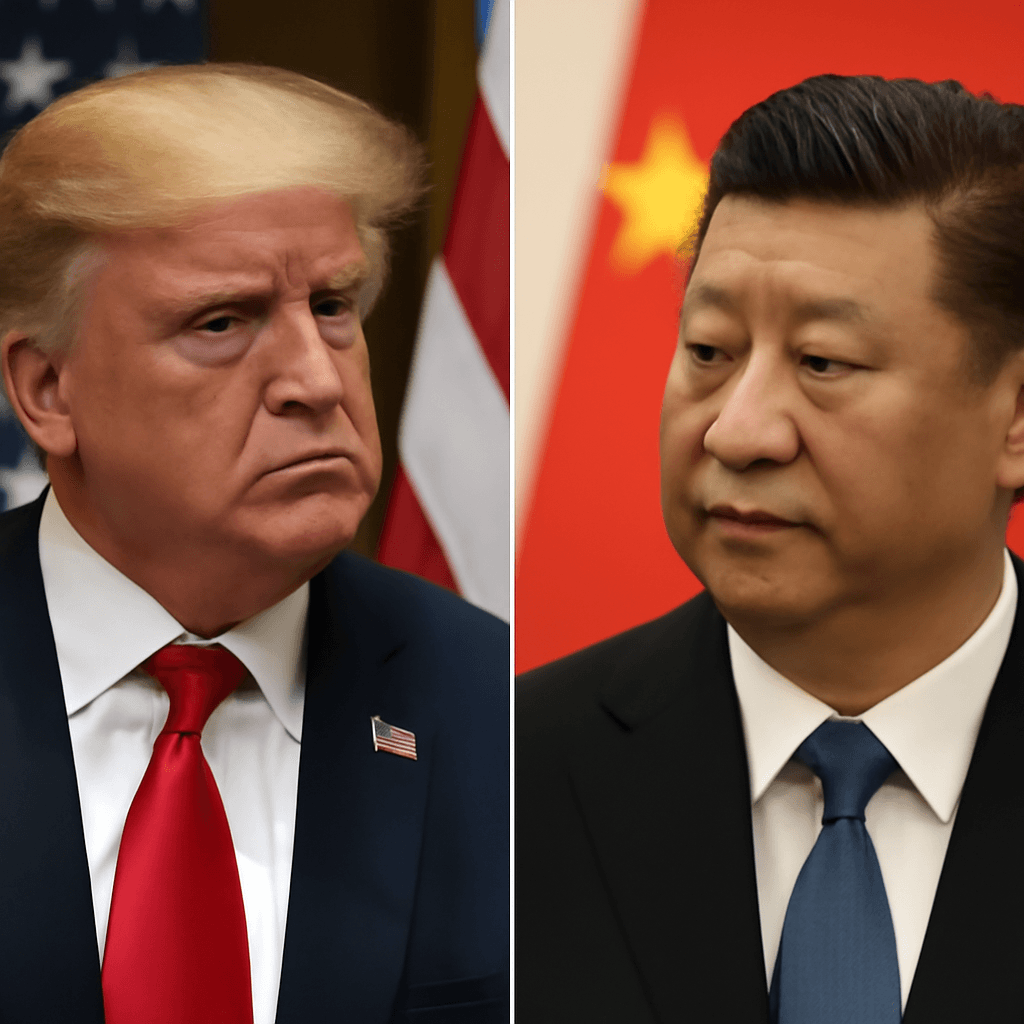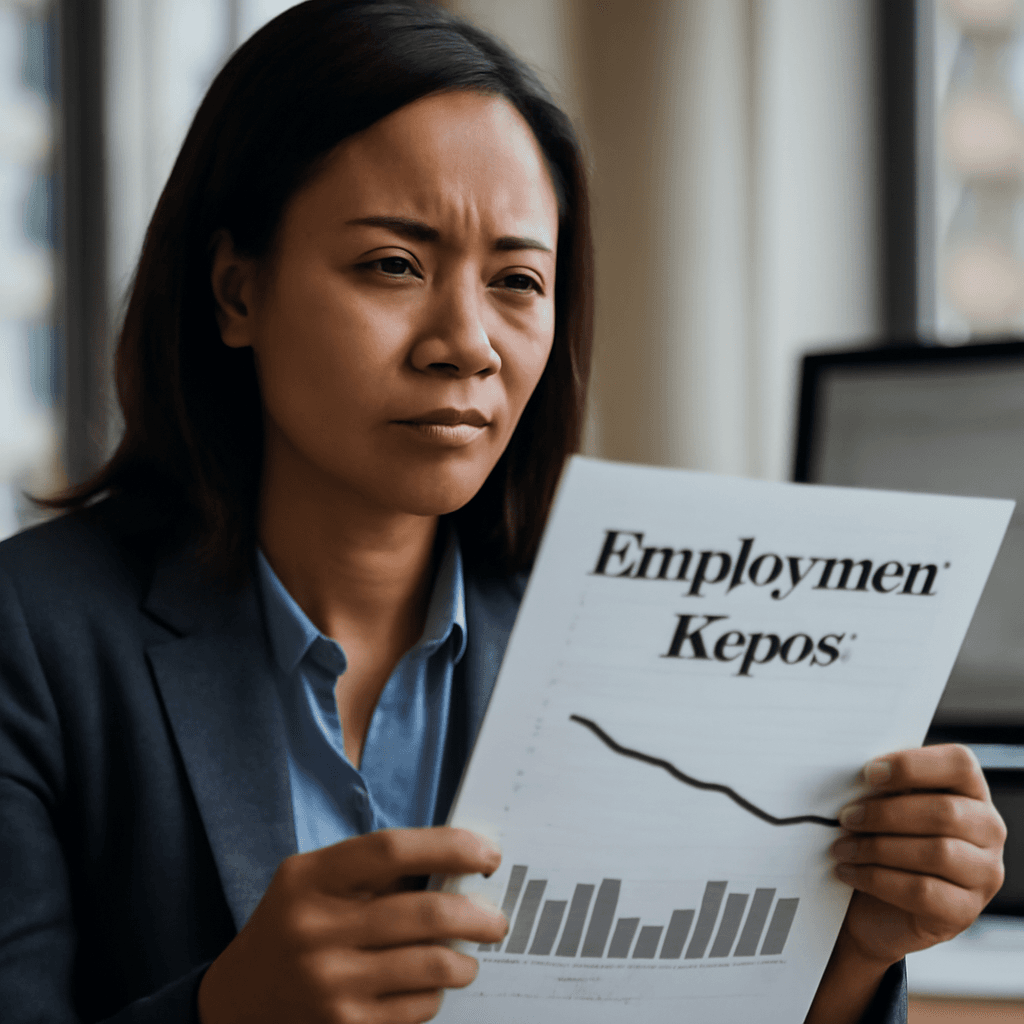Rice Prices Begin to Level Off After Months of Sharp Increases
After a persistent surge in rice prices that had consumers worried, Japan is finally seeing some signs of relief. The average cost of a five-kilogram bag dropped to 3,920 yen ($27.03) during the week ending June 15, dipping below the 4,000-yen threshold for the first time since early March.
This decline also marks progress toward the government’s target, a goal set by Prime Minister Shigeru Ishiba, who has urged that rice prices should settle in the 3,000-yen range instead of remaining elevated in the 4,000 yen bracket.
Background: What Fueled the Spike?
Rice has long been a staple in Japanese households, but unfavorable harvests in 2023 coupled with disrupted supply have pushed prices sky-high. The cost has more than doubled compared to two years ago when a five-kilo bag commonly sold for between 1,800 and 2,000 yen. Now, prices range between 4,500 and 5,000 yen in many areas.
One Tokyo resident remarked on the sharp increase, noting that between March and April, prices surged daily by a few hundred yen. Government data also exposed a staggering 101.7% rise in rice prices, marking the steepest climb in over 50 years.
Supply Shortages Loosen but Remain Uneven
The shortage that once emptied supermarket shelves is easing, thanks largely to strategic government releases from rice reserves and imports from abroad, including shipments from the U.S. and South Korea. Notably, April saw Japan import rice from South Korea for the first time in over two decades.
Several major retailers have adjusted accordingly. For example, supermarket chain Aeon increased imports to compensate for dwindling domestic supplies. A South Korean food exporter even secured a contract to deliver 200 tons of rice—the largest private export to Japan in recent memory.
Despite these efforts, the recovery isn’t uniform. Some smaller stores around Tokyo still struggle with empty shelves, while larger chains seem less affected.
“I recently tried to replenish my rice supply at a local supermarket, but the rice was nowhere to be found, though price tags remained,” shared a concerned shopper in Tokyo.
Price Levels Remain Elevated Amid Quality Concerns
Although availability is gradually improving, rice prices remain significantly above pre-crisis norms. The national supermarket association noted the scarcity of more affordable rice options, with many outlets stuck holding higher-priced stock that isn’t moving quickly.
Experts suggest that factors beyond mere supply and demand are at play. The government’s release of emergency stockpiles helped but took about a month to reflect any meaningful price drops—and even then, prices remain above the government's ideal target of 2,000 yen per five-kilogram bag.
One widely cited complication is consumer reluctance to buy from stockpiles, as the rice tends to be older and perceived as lower quality. New rice, or “shinmai,” harvested fresh and marketed for its superior taste, is preferred by many. In contrast, the stockpiled rice comes from previous years’ harvests and is sometimes disparagingly described as “old-old-old rice.”
Outlook: Will Prices Continue to Ease?
The Bank of Japan’s governor recently acknowledged rice’s impact on inflation, noting that consumer inflation currently hovers around 3%, influenced heavily by soaring import costs and rice prices. However, he expressed confidence that these pressures will gradually diminish in the coming months.
While the rice crisis is not fully resolved, the easing shortages and partial price stabilization signal a turning point for consumers weary of empty shelves and steep costs.

